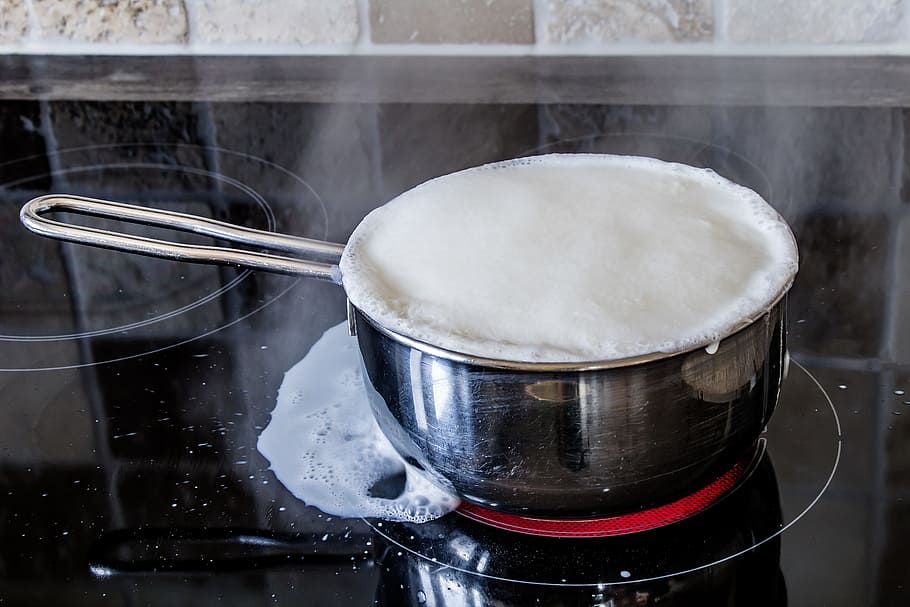
Induction cooktops are among the top choice by many households today. It could provide a number of advantages once used and at the same time. But at the same time, many people are unaware on ‘How to Clean an Induction Stovetop’. Cleaning of the Induction Cooktop is easy as compared to other cooktops.
The surface of the induction cooktop is made of a glass-ceramic as material that is susceptible to abrasions and scratches. In order to keep the induction cooktop at its best in terms of functionality and looks, cleaning it regularly through using products that are only designed for the said appliance must be considered. So how do you do that? Here are some helpful tips.
Also Read: Benefits of Using Induction Cooktop
11 Best Induction Cooktop Brands in India
How to Clean an Induction Stovetop
Regular Daily Cleaning Tips
✅ The only part of induction cooktops to be cleaned is the area where there is direct contact with the pan or pot. The food or the liquid which spills into the cooktop will less likely to be baked into it.
✅ Allow first the induction cooktop to cool down once you just used it. Wipe it using a damp sponge in order to remove any of the wet cooking spills.
✅ Aside from the fact that your hands might get burned, you might also end up burning your cleaning cloth while wiping the cooktop. If the cloth is made out of plastic material, it will melt and stick on your cooktop, which could be more difficult to remove.
✅ Once you are sure that your cooktop has cooled down, you may now wipe its surface using a damp cloth or sponge to eliminate any sort of wet spills during cooking.
✅ Suggestively, you should use a cleaner that best suits the glass material of your induction cooktop.
✅ Pour out a little amount of the cleaning solution onto the cooktop and then gently rub it in a circular motion on surfaces and a to-and-fro motion on its edges. In this manner, you are more likely to wipe away grease and other particles that stuck onto your appliance.
✅ Also, note that your wiping material is something that is considerably gentle to avoid scratching on your cooktop. You may use a clean towel, tissue paper, etc.
✅ Wipe off the cleaner from the induction cooktop and then clean the surface using a dry cloth.
How to Clean Heavy Spills and Tougher Stains
✅ If you notice that the residue on your cooktop is something that is really difficult to wipe off, you may have to buff affected areas using a cleaning pad specially designed for induction cooktops.
✅ The induction cooktop must be allowed to cool down first. Then pour white vinegar into a soft cloth and so rub it, especially, to spots of hard water on the surface of the induction cooktop.
✅ You may also use a cooktop scraper to remove the thick layer of cooking residue. Do the scraping carefully to prevent damaging the induction cooktop’s surface. Repeat the process if necessary.
✅ Again, with the use of ceramic cooktop cleaner together with a paper towel, clean its surface. You can buff off once there is an excess cleaner through the use of clean and dry cloth.
These were some helpful tips that will greatly help you in maintaining a clean and excellent functioning of the induction cooktop. Maintaining the cleanliness of your cooking appliance makes you the best kitchen master that you ought to be.
Also Read: Benefits of Using Induction Cooktop

Pingback: Benefits of Using Induction Cooktop | TechnOmipro
Pingback: [Best] Induction Cooktop Buying Guide | TechnOmipro
Pingback: Microwave Oven vs OTG | What's the Difference? Which One to Buy? | TechnOmipro – Electronic Gadgets & Home Appliances